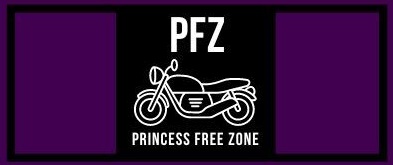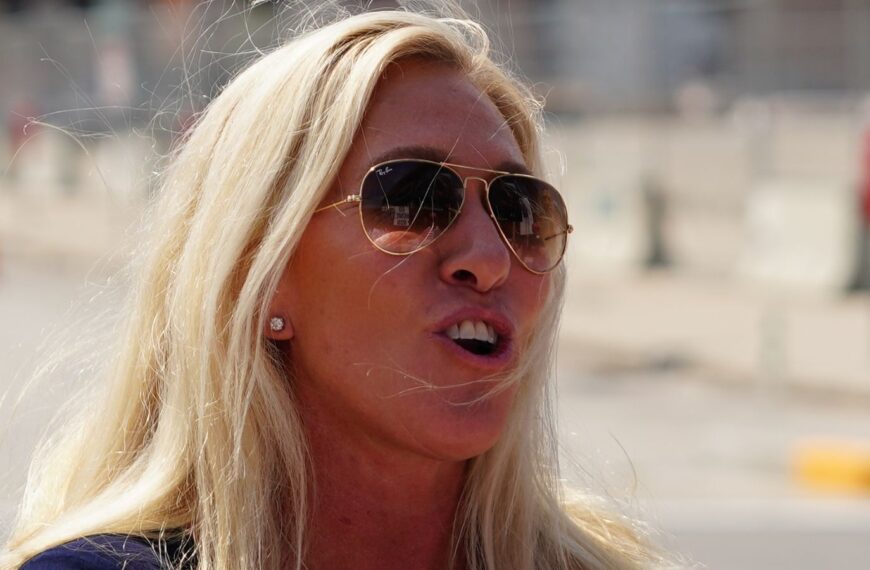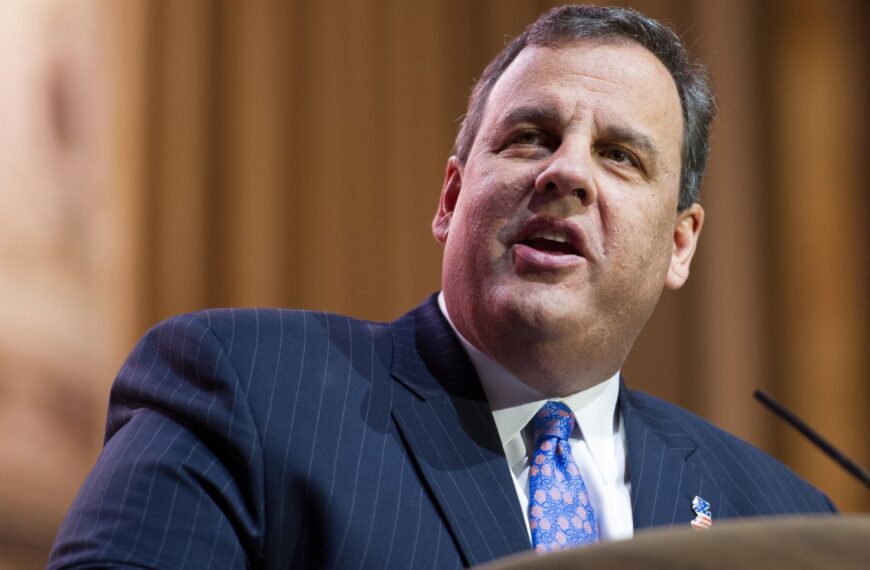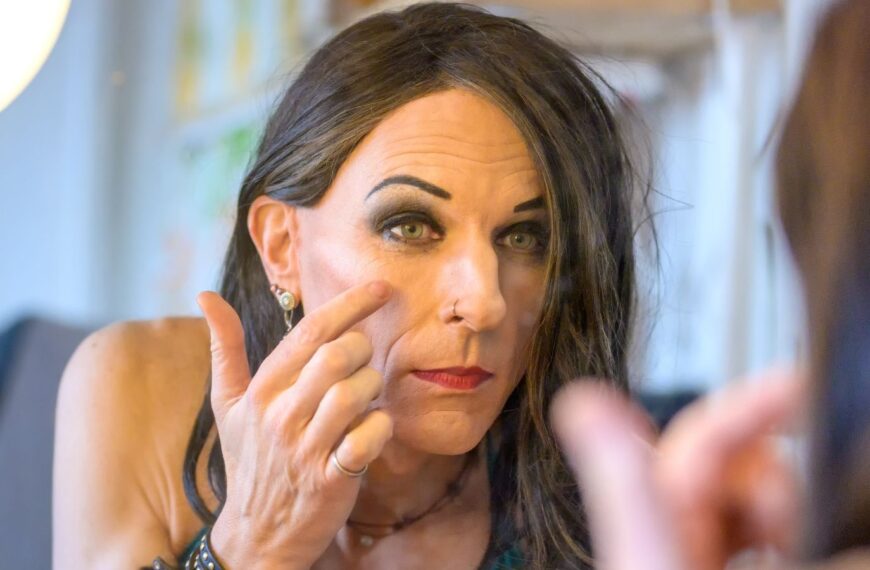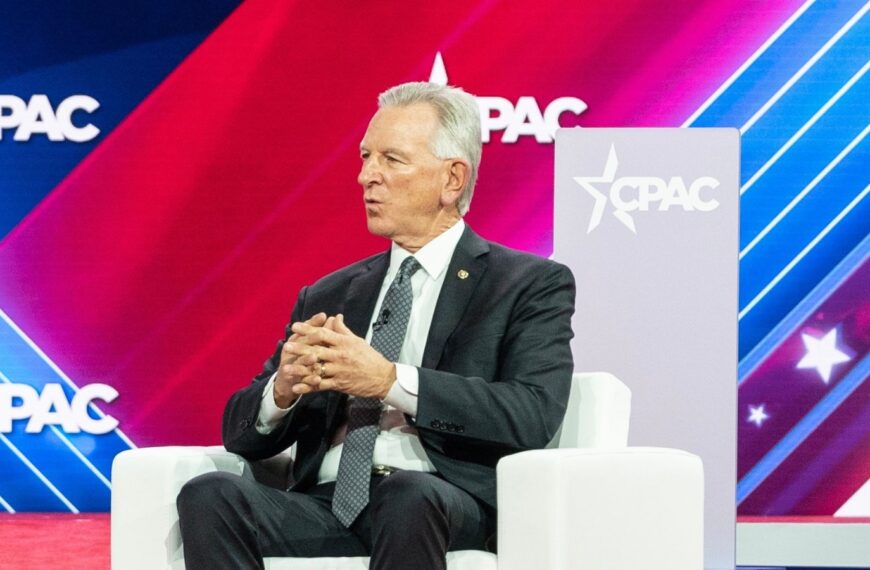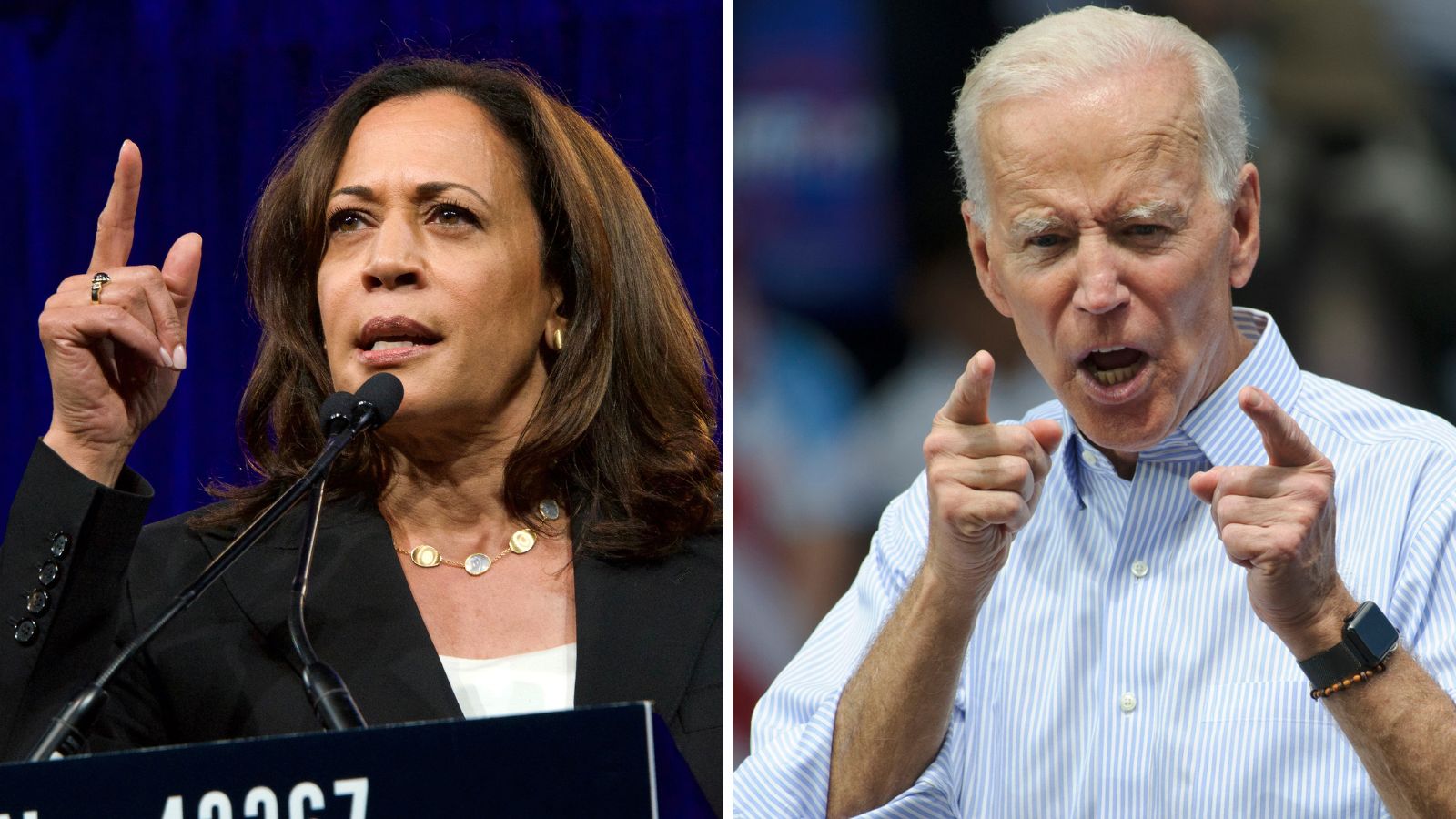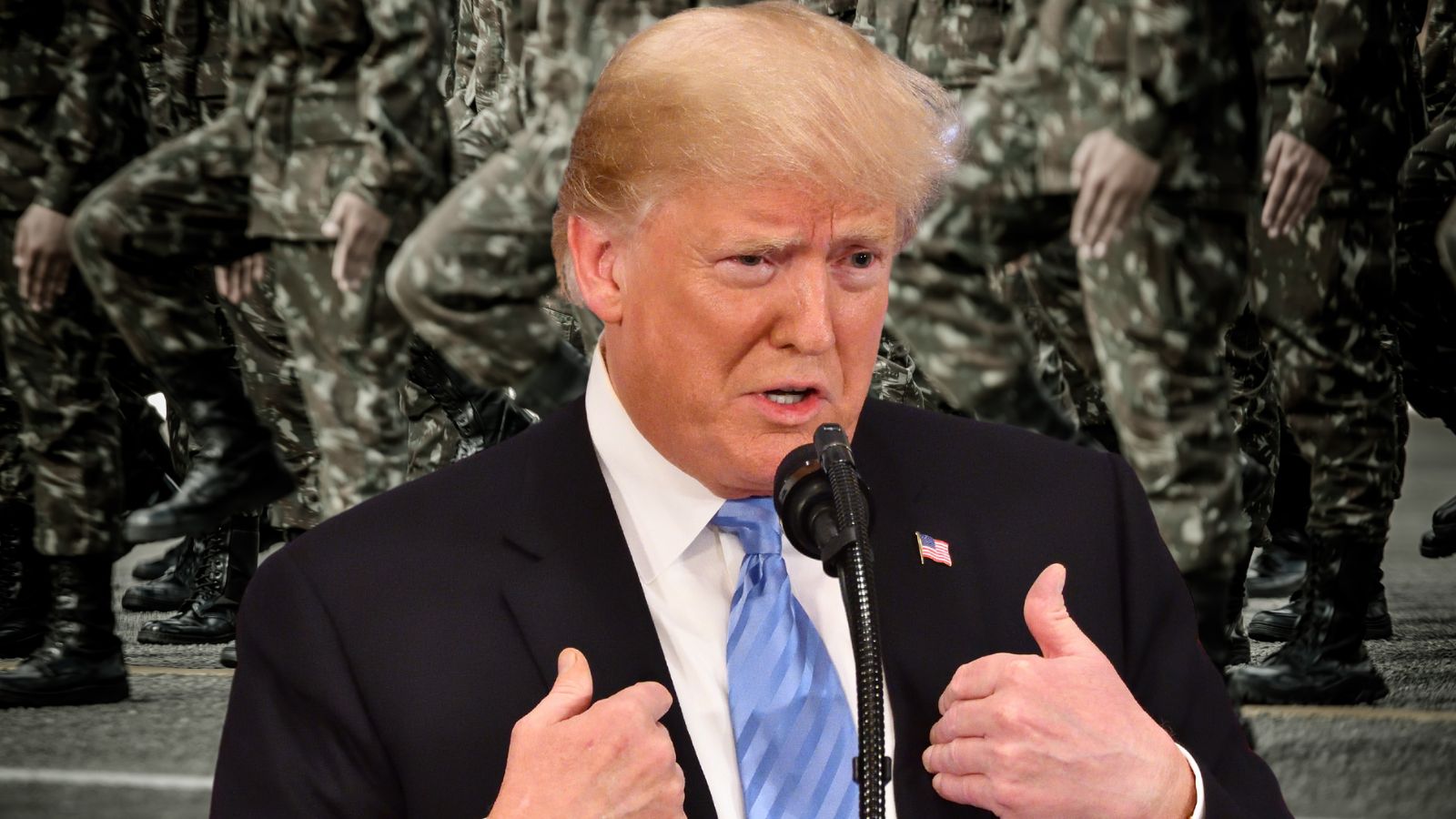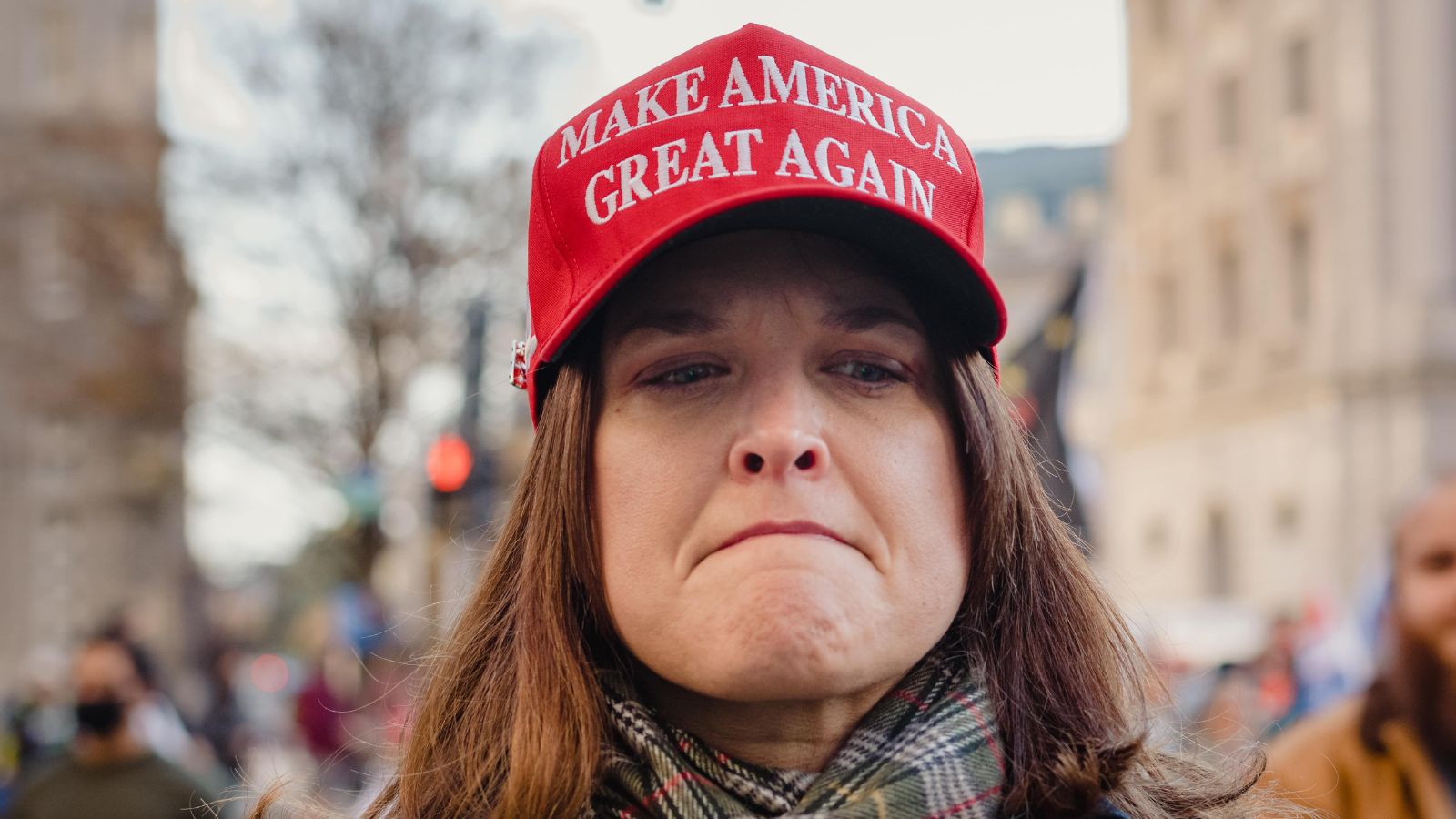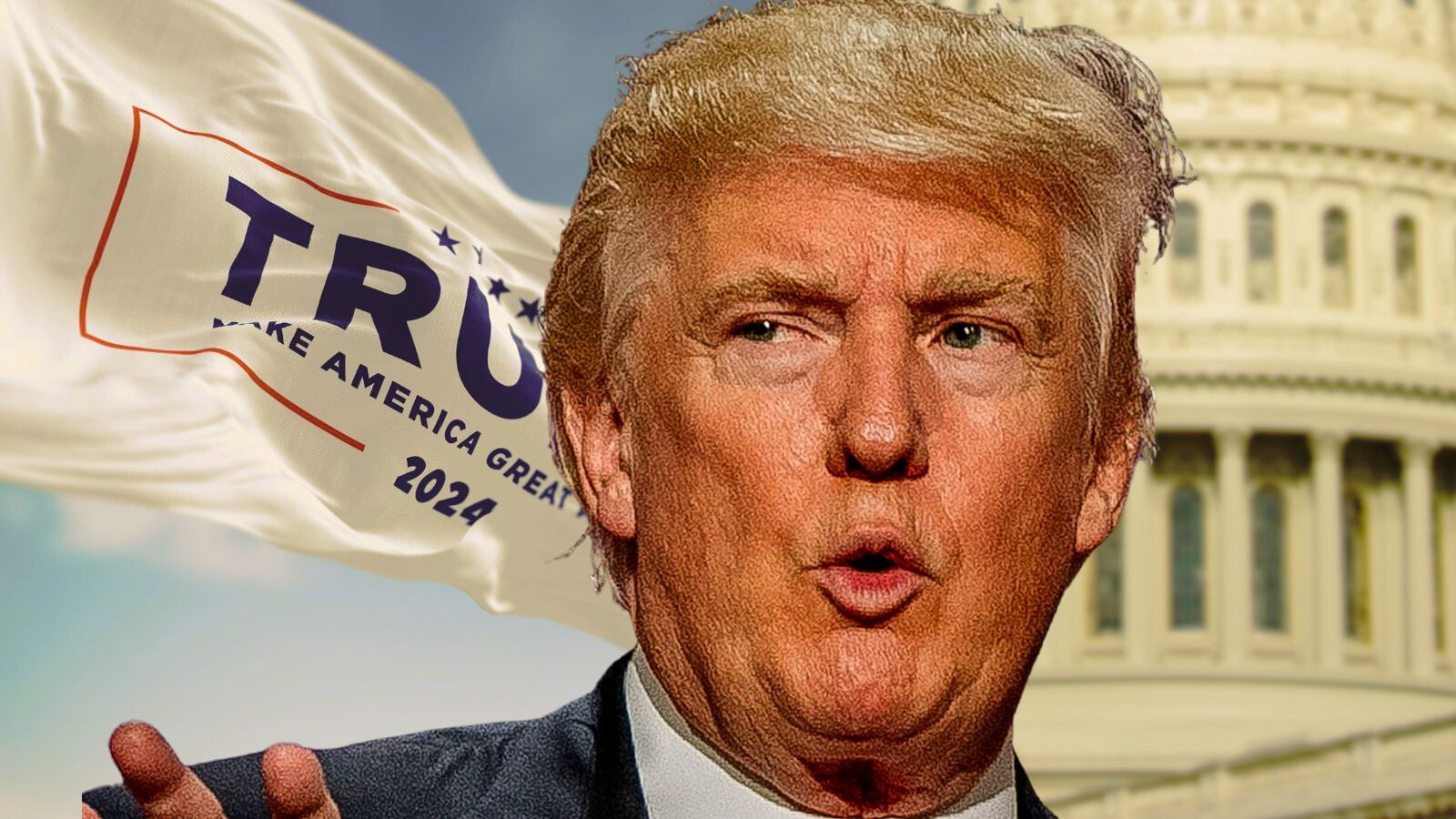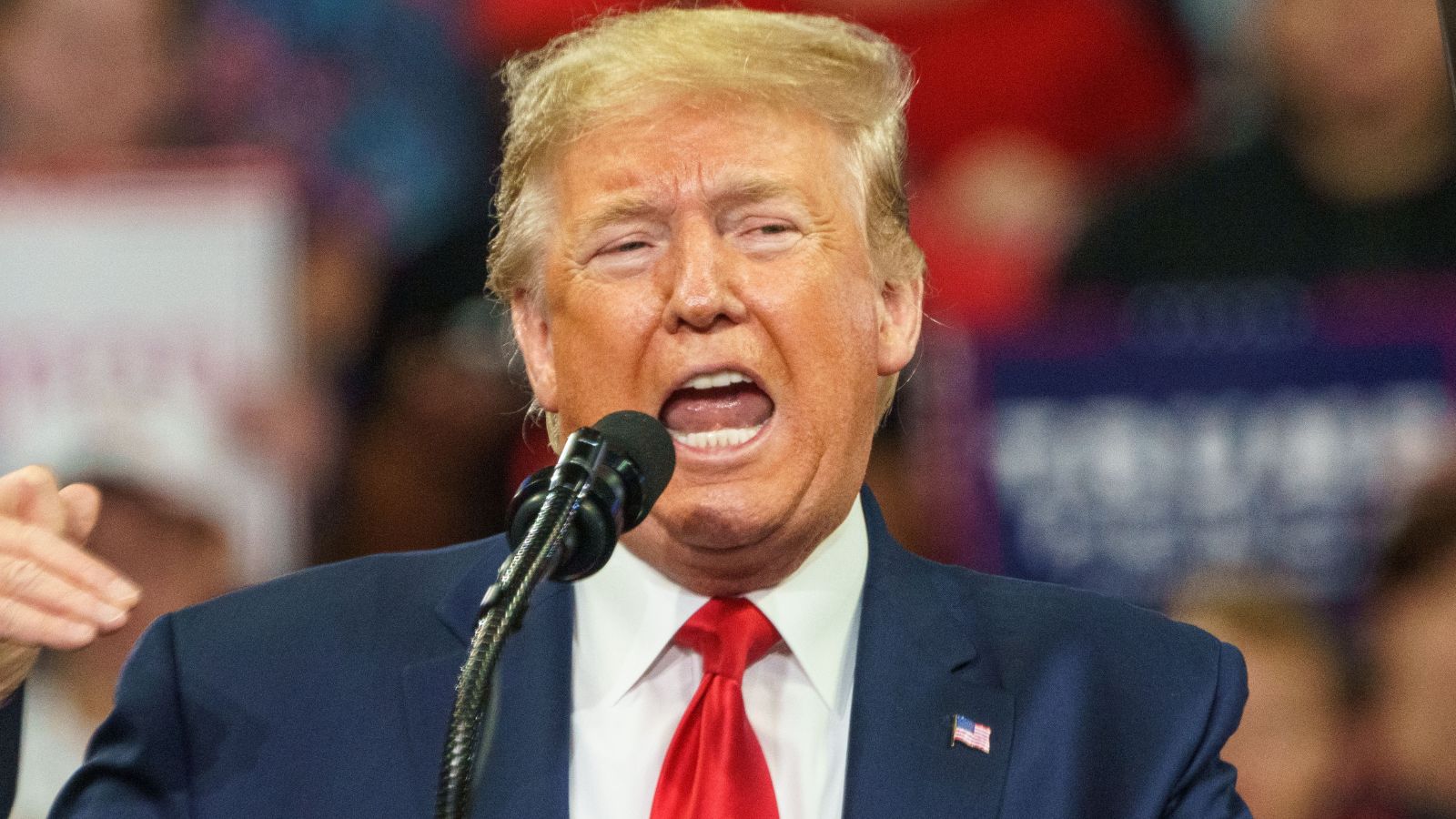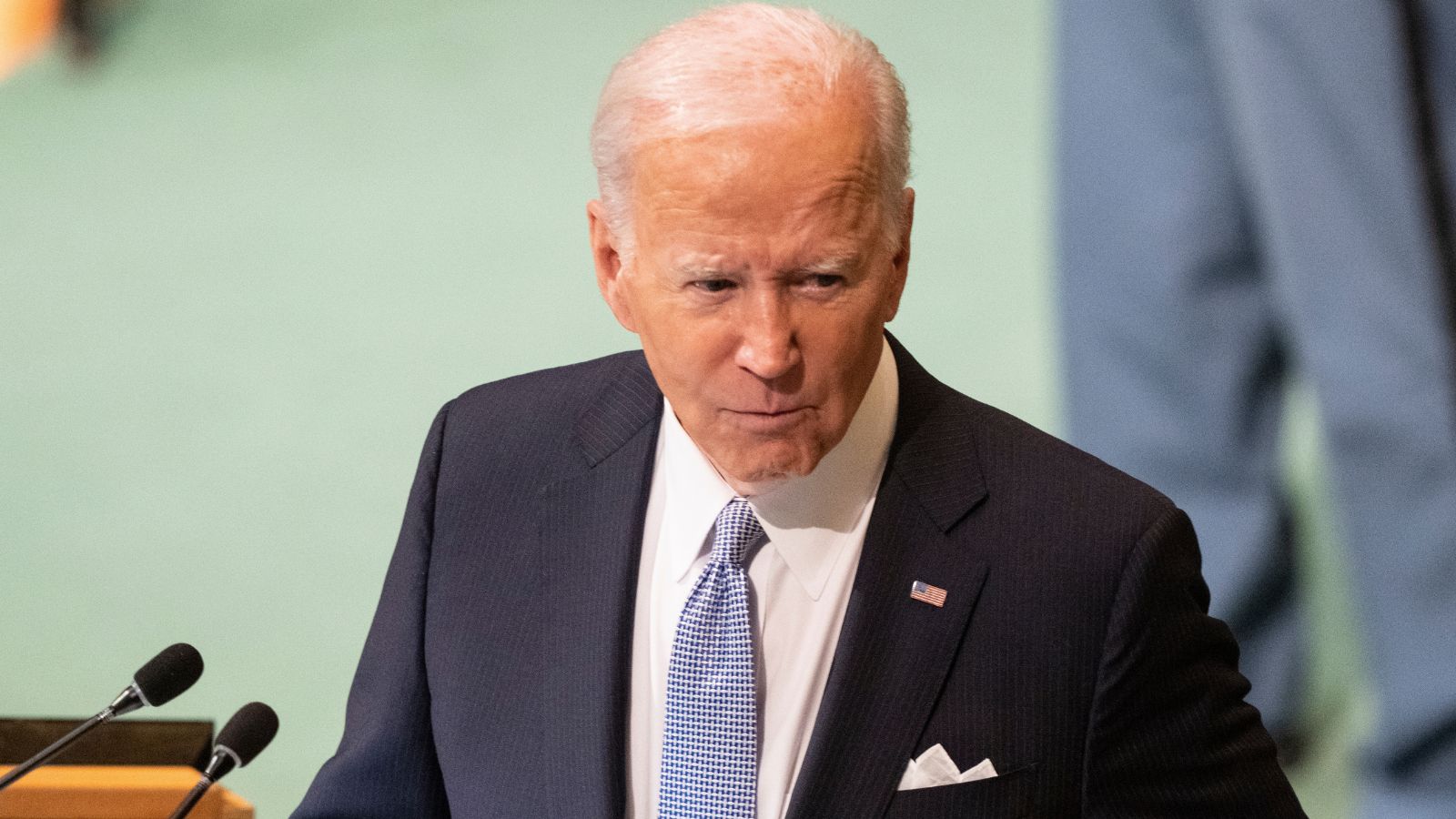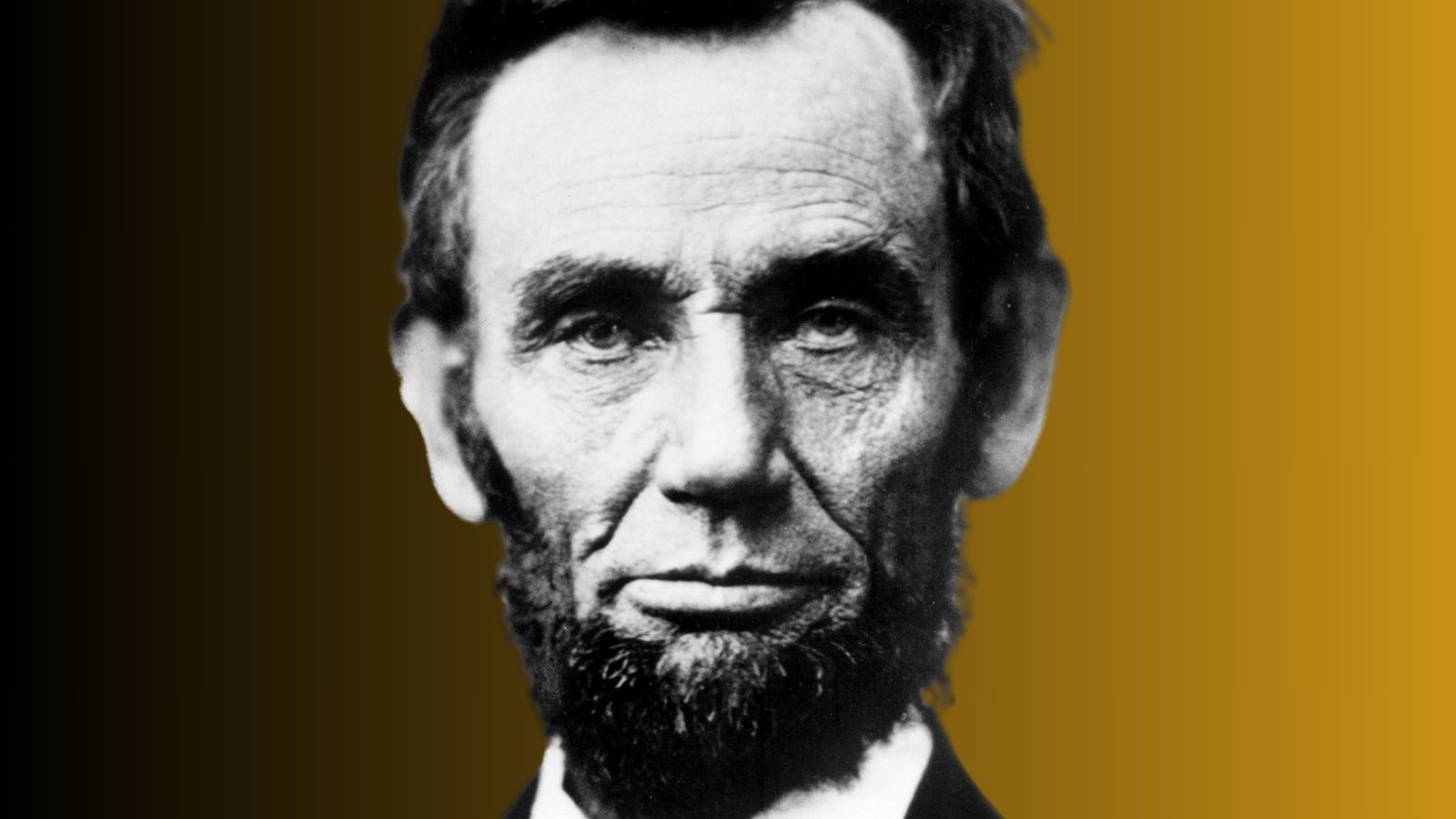In a move that has captured the attention of Catholics worldwide, Pope Francis recently made a bold decision impacting the U.S. Catholic Church. He ordered that Bishop Joseph Strickland be removed from his position in Tyler, Texas. This signaled a huge shift in the Vatican’s approach to managing internal conflict.
Bishop Strickland’s Removal
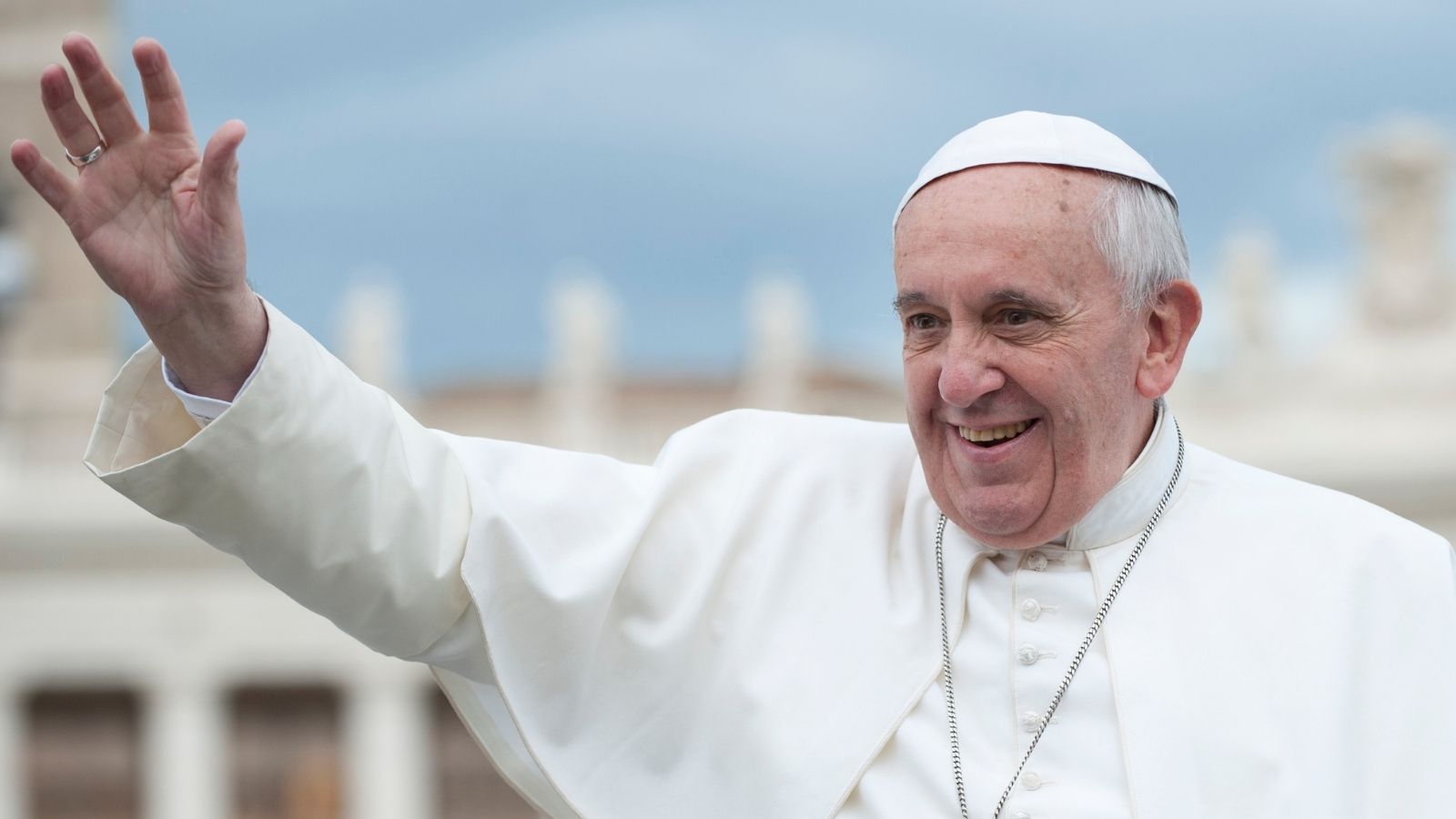
Pope Francis’ decision to remove Bishop Joseph Strickland from his role in Tyler, Texas, was a significant move within the Catholic Church. This action brought to light the underlying tensions in the U.S. Catholic hierarchy. It revealed a clear divide between traditional and progressive approaches within the Church.
Vatican’s Brief Statement

The Vatican’s announcement of Bishop Strickland’s removal was brief yet momentous. By stating he was “relieved” from his duties, the Vatican signaled a major shift in leadership for the Tyler diocese. This brief communication from the Vatican demonstrated the gravity and suddenness of the change.
Strickland’s Vocal Opposition to Pope Francis

At 65, Bishop Strickland has been notably outspoken in his criticism of Pope Francis. He has used social media platforms to voice his disagreements with Pope Francis. In particular, he challenged the Pope’s discussions on sensitive issues like the Church’s stance on LGBTQ+ community inclusion.
Vatican Investigation into Tyler’s Diocese
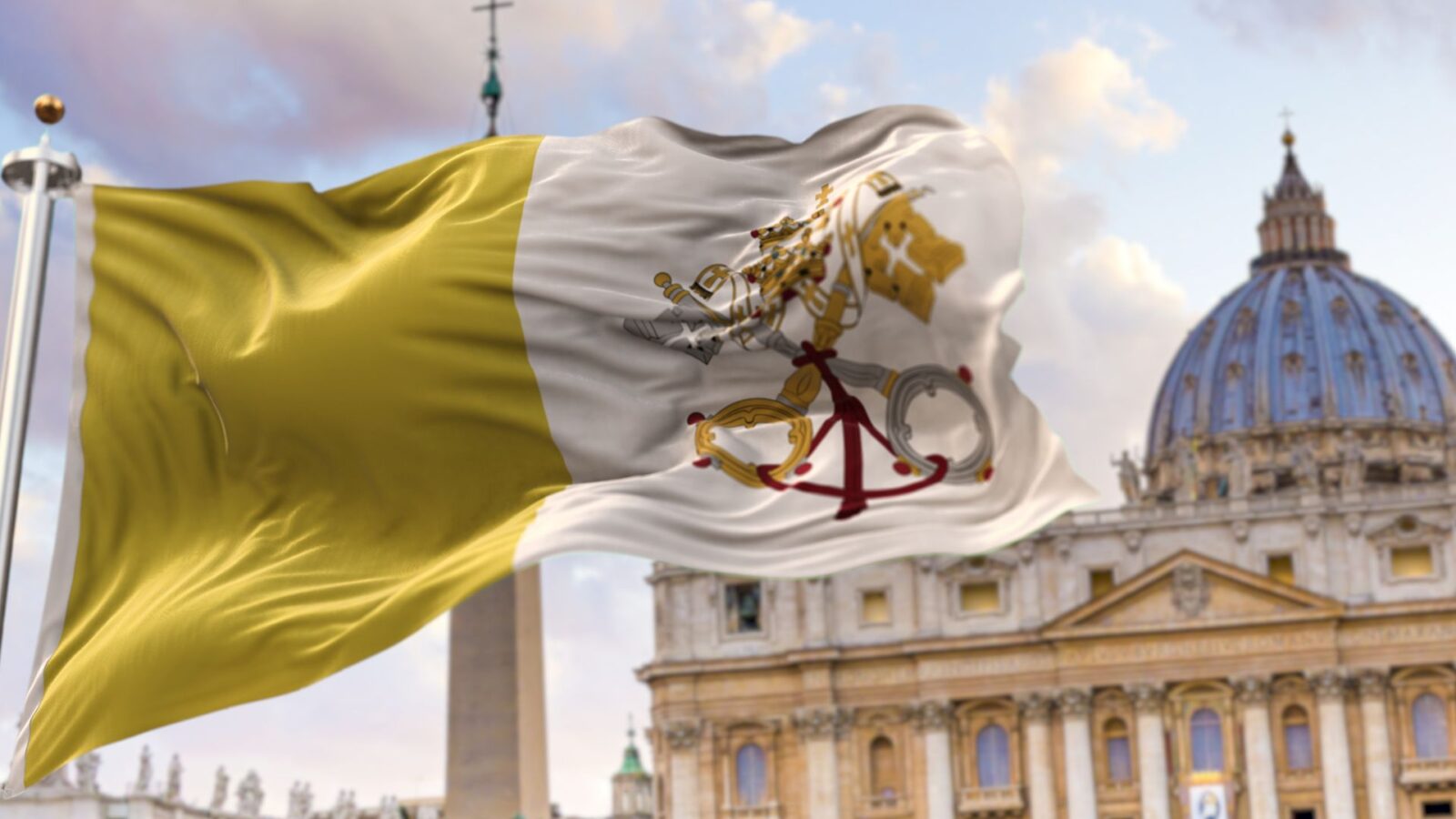
The Vatican’s investigation into Bishop Strickland’s leadership was prompted by complaints from both clergy and laity in Tyler. The probe scrutinized his governance and some controversial remarks, though the Vatican kept the findings confidential. This lack of public disclosure added to the intrigue surrounding the situation.
Strickland’s Refusal to Resign
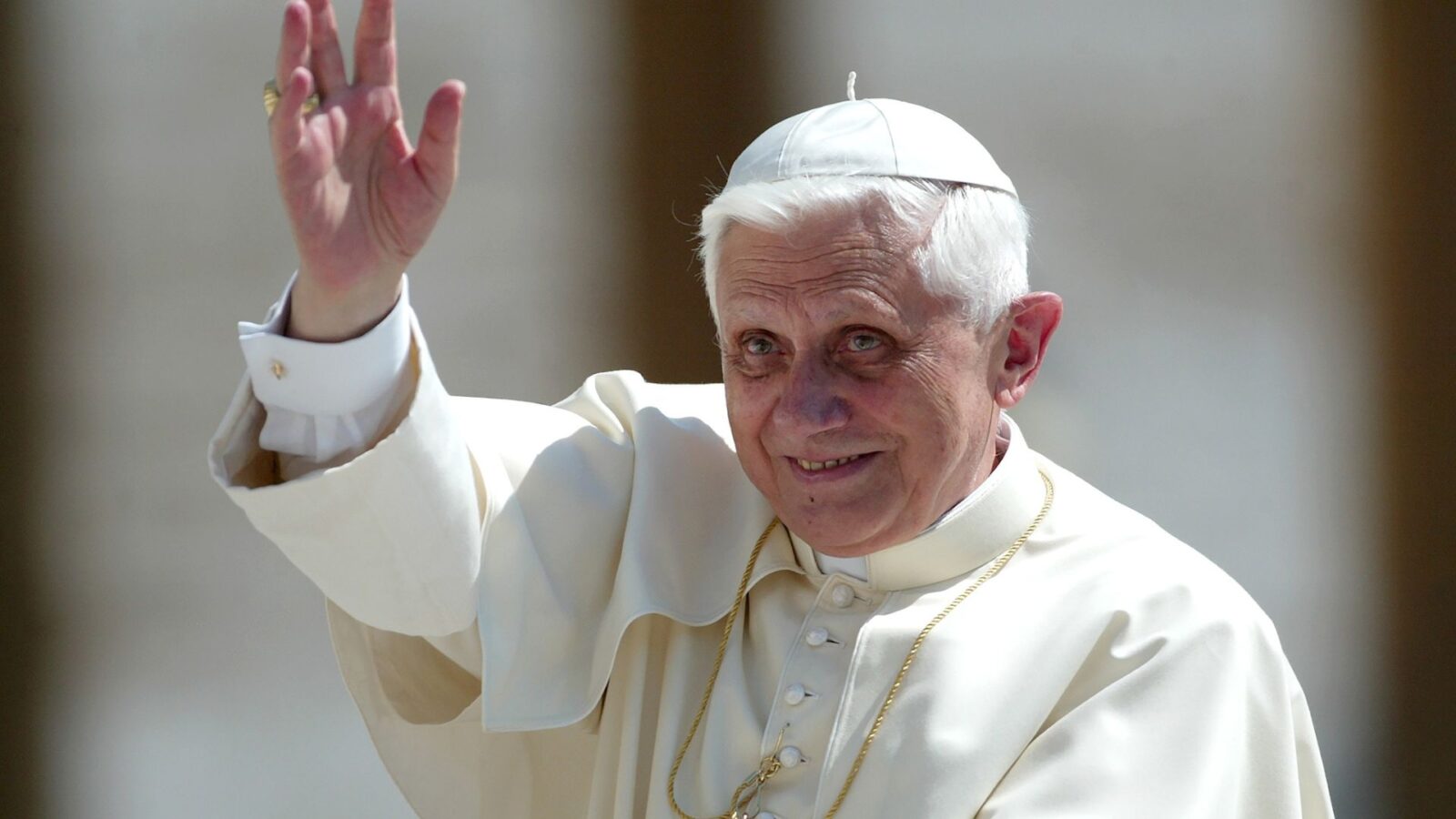
Despite the Vatican’s scrutiny, Bishop Strickland remained firm in his decision not to resign. He cited his commitment to his role. He referenced his appointment by Pope Benedict XVI as a binding mandate. To some people, this proved his unwavering dedication to his pastoral duties as a bishop.
Latin Mass Controversy and Strickland’s Stance

Central to Bishop Strickland’s dismissal was his resistance to Pope Francis’ 2021 directive. This directive limited the old Latin Mass. Strickland justified his stance, insisting on his duty to meet the spiritual needs of all his parishioners. It is clear that he is dedicated to tradition over new directives.
Strickland’s Peace with His Decisions

Amid the controversy and backlash, Bishop Strickland expressed a sense of peace regarding his choices. His firm belief in his faith and the principles he deems essential to the Church remained unshaken. This shows his deep-rooted convictions and his strict obedience to them, regardless of what others say.
Conservative Outcry Over Strickland’s Firing

Bishop Strickland’s removal triggered strong reactions from conservative elements within the Church. He was seen as a key defender of traditional Catholic values, and his dismissal was interpreted as a significant blow to conservative causes. However, some agree with this dismissal and see it as necessary.
A Symbol of ‘Total War’

Michael J. Matt, a traditionalist editor, strongly criticized Strickland’s firing. He called it a sign of “total war” in the Church. His comments highlighted the deep divisions between different Catholic factions. Clearly, there are many ideological struggles currently part of the Catholic Church.
Investigative Findings Lead to Vatican Decision
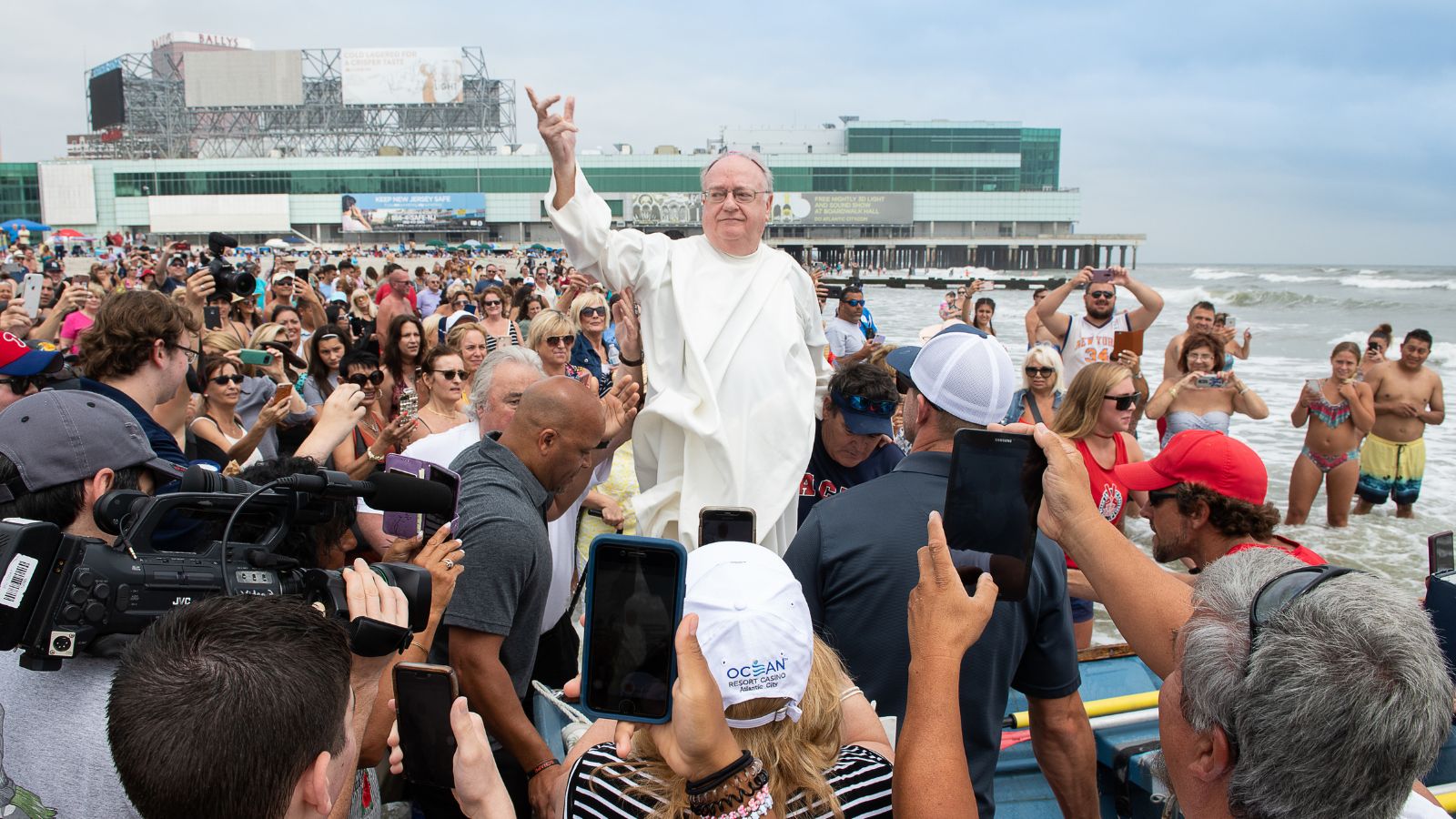
The comprehensive investigation by Bishops Sullivan and Kicanas was crucial in the Vatican’s decision regarding Bishop Strickland. Their in-depth analysis and subsequent recommendations significantly influenced Pope Francis’ decision to remove Strickland. However, the exact details and findings of the investigation are unclear.
Vatican’s Request for Resignation and Subsequent Removal

After the investigation, the Vatican requested Strickland’s resignation. His refusal led to Pope Francis taking the rare step of directly removing him from his position. This action demonstrated the severity of the situation and the Vatican’s resolve. This decision was not something that was taken lightly.
Rare Vatican Intervention in Bishop Appointments
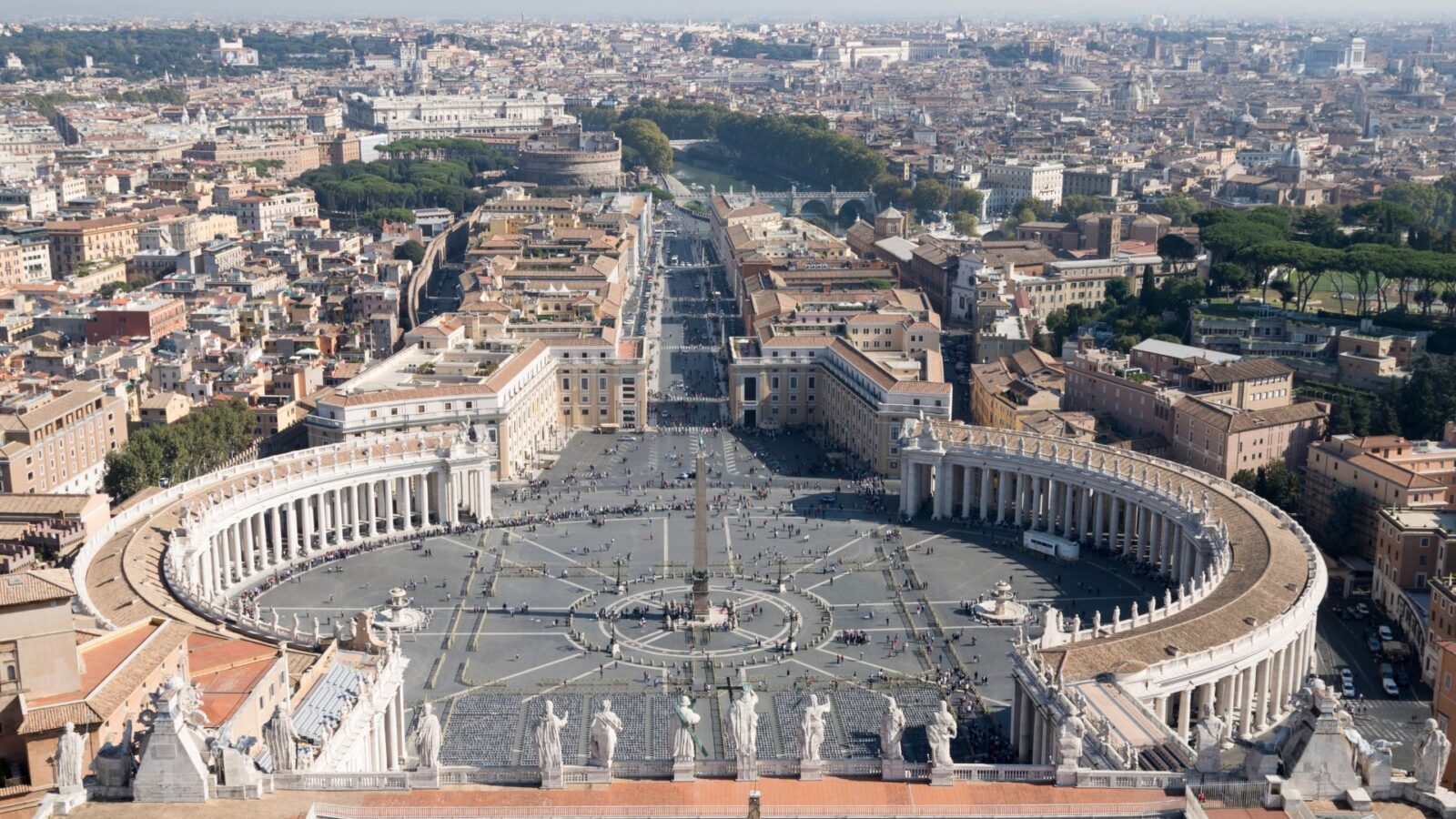
The Vatican’s decision to remove a bishop before the age of 75 is a rare occurrence. This unusual intervention highlights the exceptional nature of Strickland’s case and the seriousness of the issues at stake. It is unusual for the Pope to remove a bishop themselves, let alone anyone of an advanced age.
Comparisons to Bishop Stika’s Resignation
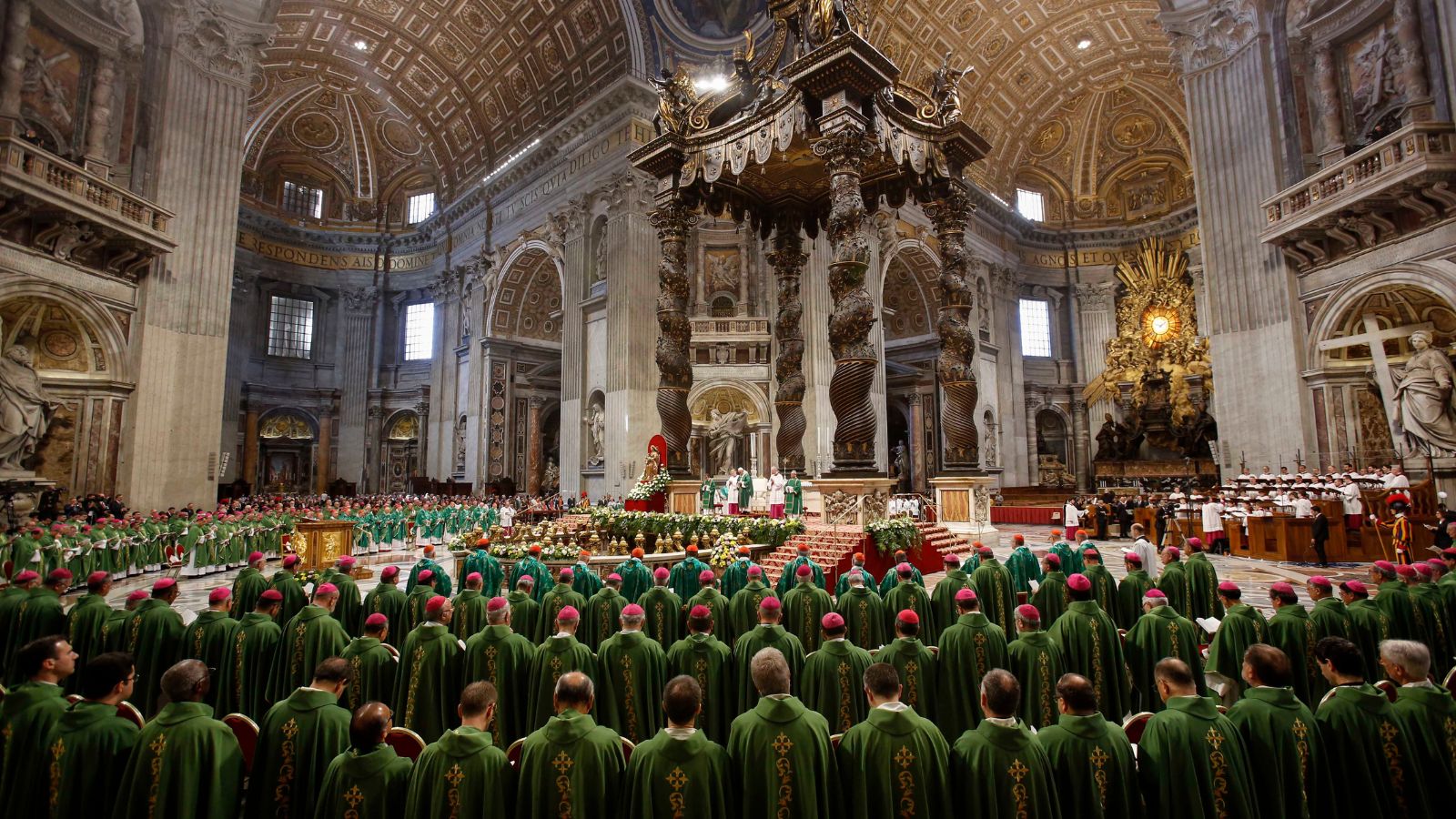
Bishop Richard Stika of Knoxville also faced Vatican pressure. However, he chose voluntary resignation instead of direct removal, contrasting sharply with Strickland’s case. This difference underscores the unique circumstances surrounding Strickland’s removal. Naturally, it is unsurprising that his case is a widespread talking point.
Pope Francis’ View on U.S. Catholic Hierarchy

Pope Francis has been vocal about his concerns regarding the right-wing faction in the U.S. Catholic Church. He argues that some bishops deviate from the faith’s core teachings due to their ideological stances. This has been a common concern with many other Christian religious leaders, particularly in the United States.
Francis Condemns’ Backwardness’ of Conservative Bishops
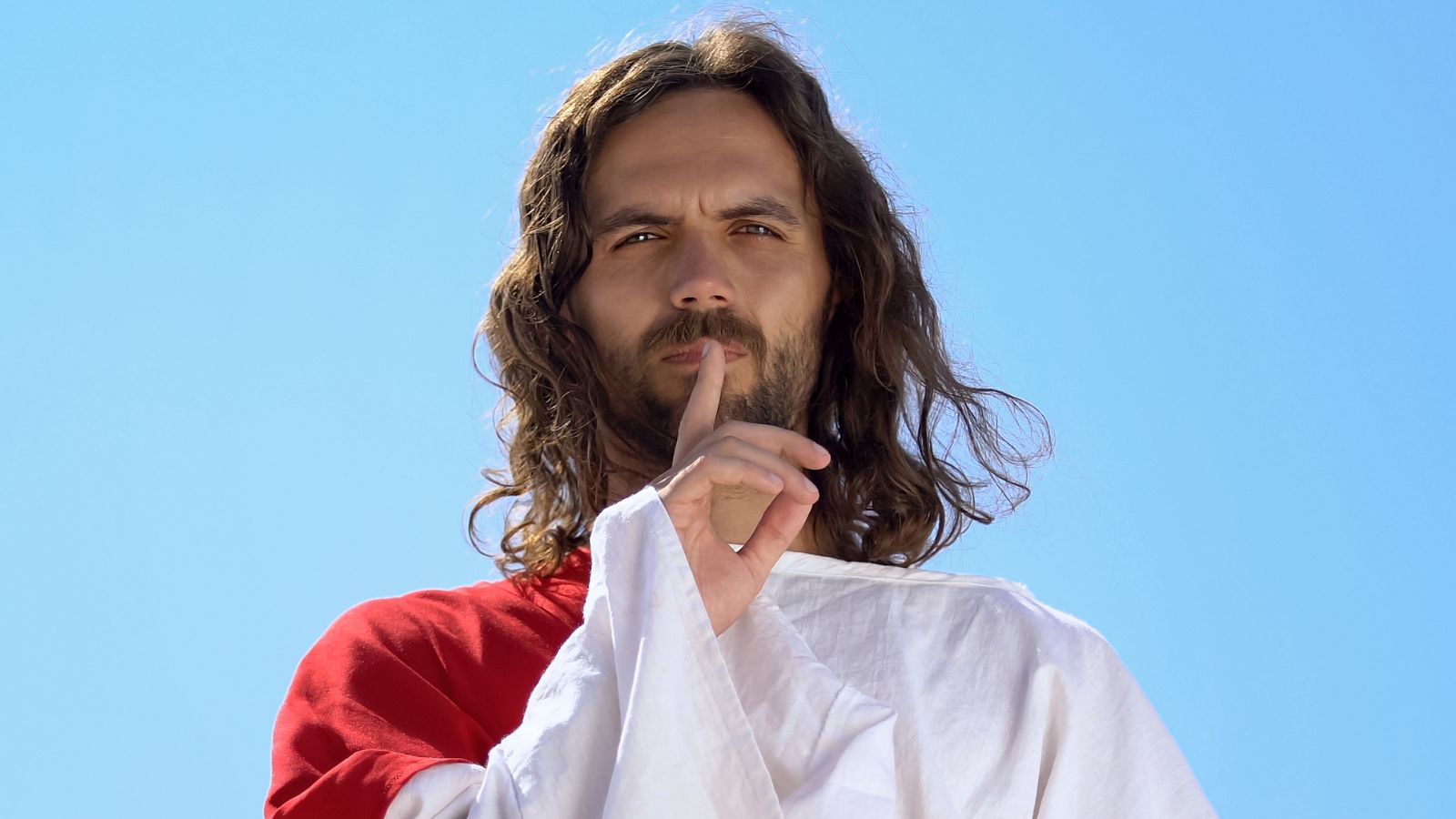
In a discussion with Jesuits, Pope Francis criticized conservative bishops for their ideological backwardness. He stressed the Church’s need to adapt its doctrines to modern times, reflecting his progressive vision for Catholicism. Some other Christian leaders have agreed, arguing that Jesus would not support right-wing views.
Strickland and the Extreme Conservative Faction
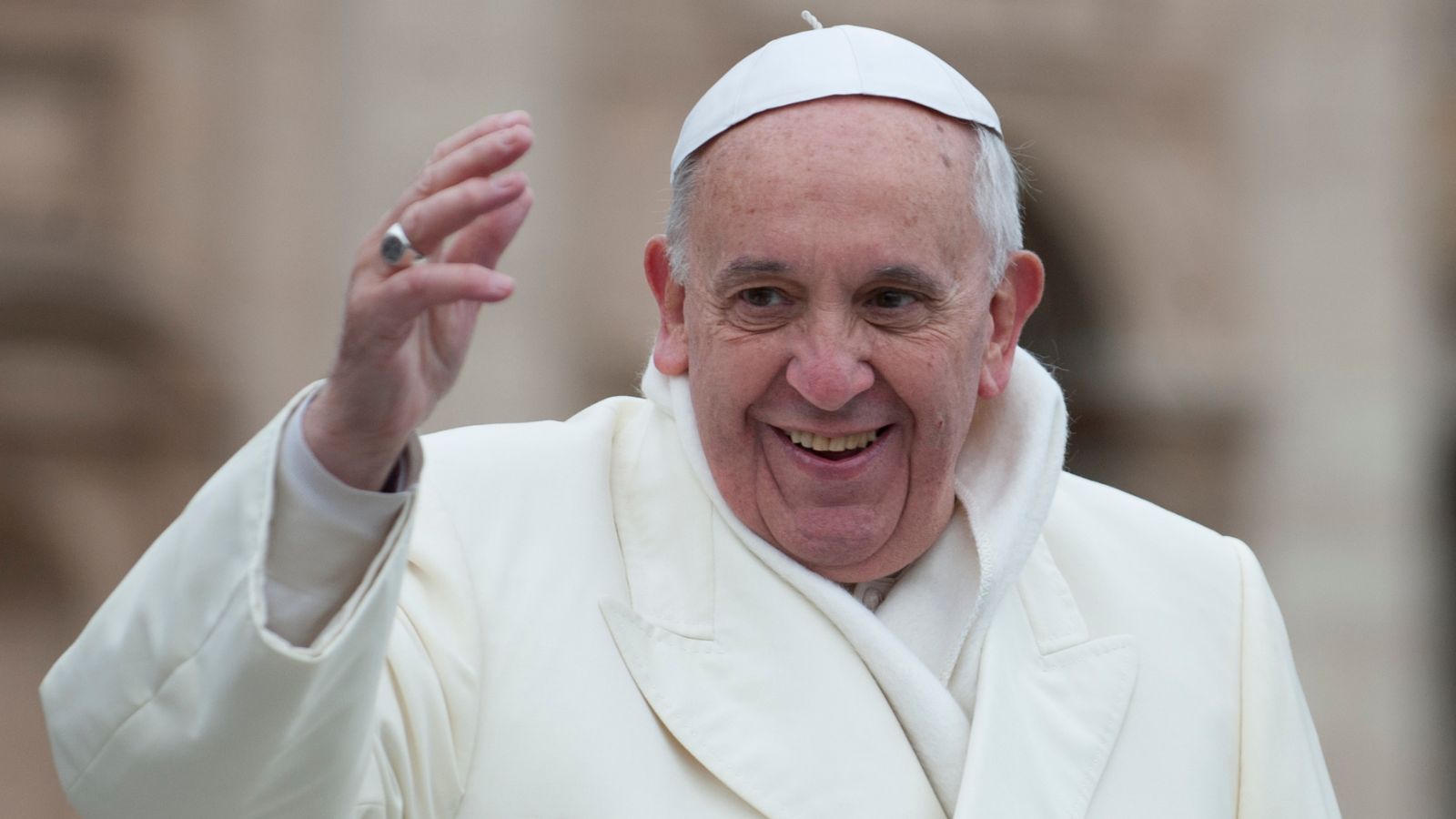
Bishop Strickland’s alignment with the Church’s most conservative wing includes figures like Archbishop Vigano. He highlighted his strong opposition to Pope Francis’ progressive reforms. As such, this has marked him as a central figure in the Church’s conservative faction. What he plans to do is unclear after being removed from such an esteemed position.
Support for Strickland

Responding to this news, some users supported Strickland and criticized the Pope’s decision. One user said, “The Pope is letting culture and politics influence him as he changes the Church. But it has happened before. The Church declared that Mary was conceived immaculately in the 1500s.”
Support for the Pope

However, some agreed with the Pope’s decision. One user said, “I’m happy that this pope has shown just how done he is with the neo-conservative values of the fake right… who simply forget the actual message of Jesus.” Another user said, “Nothing wrong with removing dangerous Bishops from their posts when they are using their position to spread their right-wing ideologies. They’re there to serve the Pope, Christ, and their flock, not their radical local political leaders.”
Church Criticism

There were also some users who were more critical of Christianity as a whole. One user said, “Some of the most dangerous people in the world are those of faith. They preach hate and intolerance against others. I wonder if your God or Jesus was here on earth in human form, would they condone your behaviors? Does your bible teach you that you are better than all others and that what you believe is to be forced on others?”
